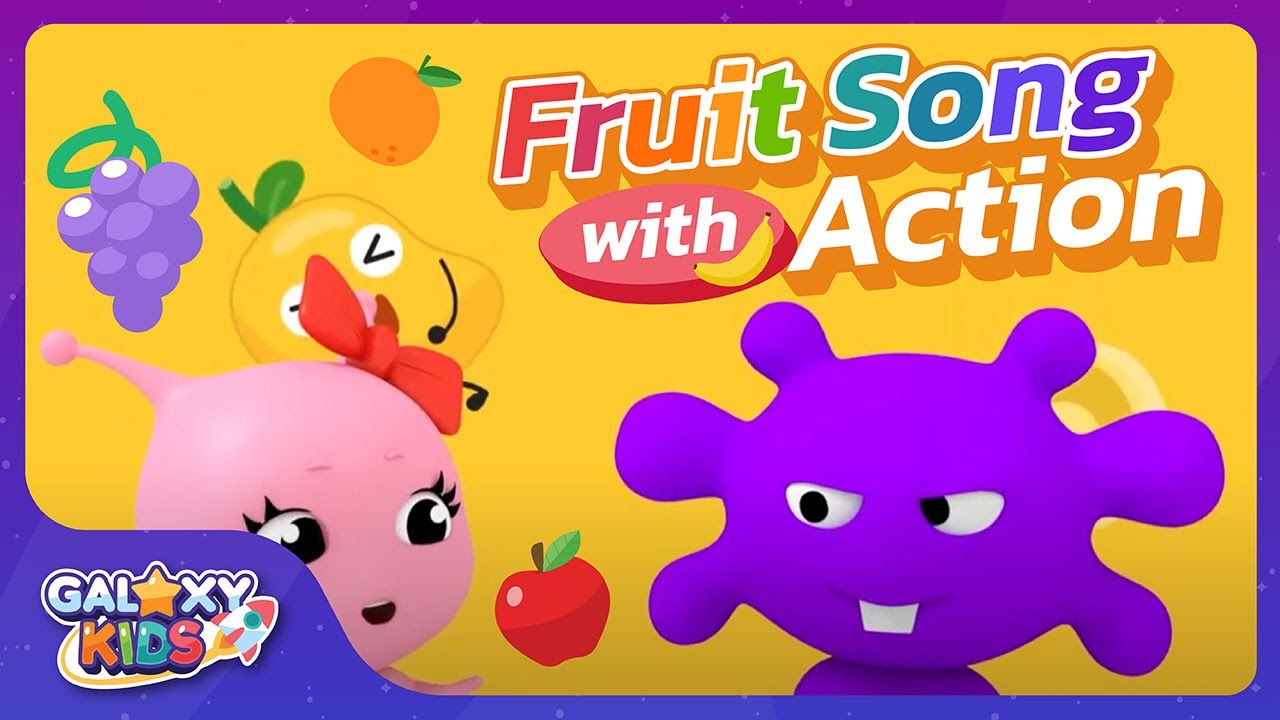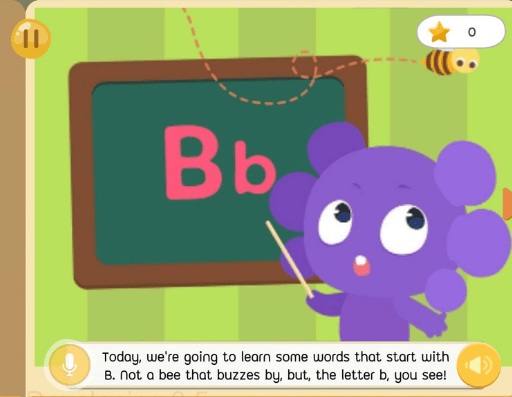Parts of a Building in Chinese for kids
August 6, 2021
Related Posts
Medical Vocabulary in Chinese for kids
Going to the doctor is a regular thing for kids as they need regular medical checkups and vaccines. Therefore, it is important to teach them about the medical vocabulary that they can learn easily. In this article, we have a list of must-know vocabulary related to medical terms and illnesses. Medical Terms HospitalExamination RoomNeedleTongue DepressorBand-AidCotton […]
Fruit Song
Galaxy Kids Fruit Song Lyrics This is an apple. I want an apple, please. This is an apple. I want an apple, please. Can you say: “Apple”? Apple one, two, three. Stop! I want an apple. An apple. An apple. Here you go. Thank you very much. Ok, your turn. This is an orange. I […]
B Letter Book
Today, we’re going to learn some words that start with B. Not a bee that buzzes by, but the letter b, you see! Sometimes the letter b can be small, but a capital B, it stands tall. Learning new things is always a joy and B should be known by every girl and […]



